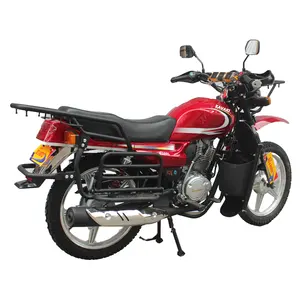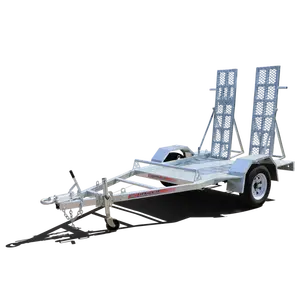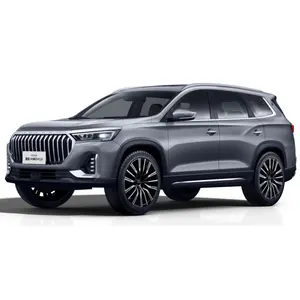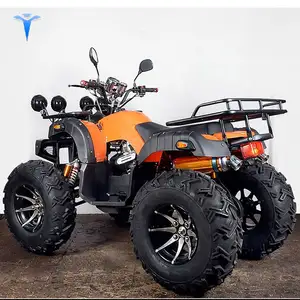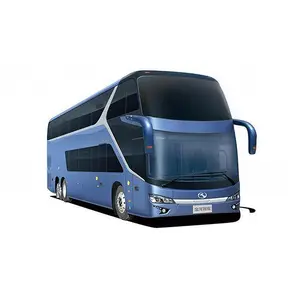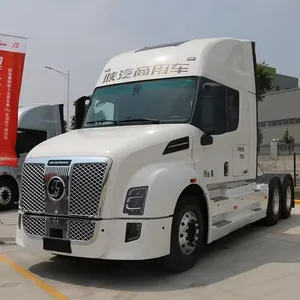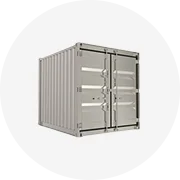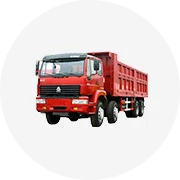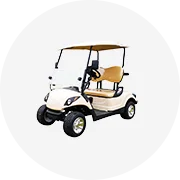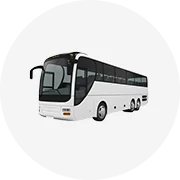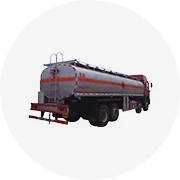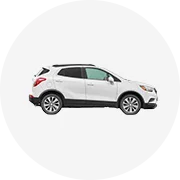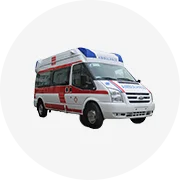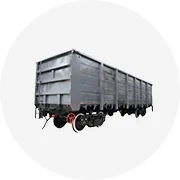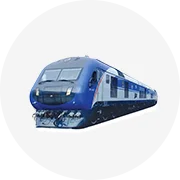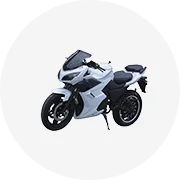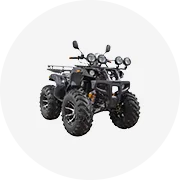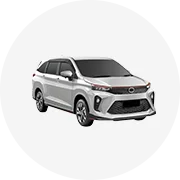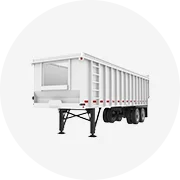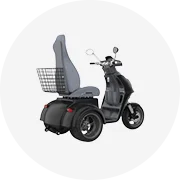Popular in your industry


























































































































































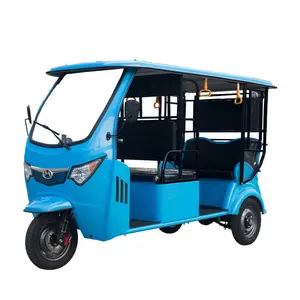



























































Top categories
About japanese tricycle
What is Traditional Japanese Tricycle
Traditional Japanese tricycles are a unique form of transportation that blend the elegance of Japanese culture with the practicality of a three-wheeled design. These tricycles are commonly used in various settings, from urban streets to rural landscapes, offering a stable and efficient mode of transport for people of all ages. Often associated with a nostalgic image of Japan, these tricycles are not just for personal use; they are also utilized in commercial operations for carrying goods and passengers.
The construction of a traditional Japanese tricycle typically includes a sturdy frame, which can be made from various materials such as aluminum alloy, carbon steel, or even bamboo. The choice of material affects the tricycle's weight, durability, and aesthetics. The frame is designed to accommodate riders comfortably while providing space for cargo or additional passengers. The principles of how traditional Japanese tricycle works are straightforward: the rider pedals either in a seated position or while standing, similar to a conventional bicycle, but with the added stability and ease of balance provided by the three-wheel design.
These tricycles are not only practical but also environmentally friendly, as they do not emit the pollutants associated with motor vehicles. They are particularly popular among elderly individuals, families with young children, and businesses that require a reliable means of transporting goods or offering services within a community. The design's simplicity and functionality make it a universally appealing mode of transport that has stood the test of time.
Types of Traditional Japanese Tricycle
Traditional Japanese tricycles come in various forms to serve different purposes. Each type is designed with specific features that make it suitable for particular tasks:
-
Drum Brake Tricycle: This type is widely used due to its simplicity and effectiveness. A drum brake consists of a drum that houses a set of brake shoes. When the handlebars are squeezed, a cable pulls the brake shoes against the sides of the drum to slow down the trike. It's commonly used for both passenger transport and cargo transport.
-
Disc Brake Tricycle: Offering more precise braking control and better heat dissipation, disc brake tricycles are becoming increasingly popular. A disc brake system uses a flat metal disc that rotates with the wheel. When a brake lever is squeezed, it directly contacts this disc, providing efficient braking. These tricycles are often favored for their improved safety features and lower maintenance requirements.
-
Cart Tricycle: Also known as a cycle rickshaw, this type is used primarily for passenger transport. The rider sits on a seat with their feet positioned in front of them, pedaling in a recumbent position. Cart tricycles are common in urban areas where they provide an easy and cost-effective means of transportation.
-
Freight Tricycle: Designed for carrying heavy loads, freight tricycles can feature large flatbeds and sturdy frames. These are ideal for moving goods and are often used by businesses for short-distance transport within cities.
Each type of tricycle serves its purpose in daily life in Japan. They are essential for last-mile delivery services and provide an eco-friendly alternative to motorized vehicles for small-scale cargo transport.
How to choose Traditional Japanese Tricycle
When selecting a traditional Japanese tricycle for your business needs, it's crucial to consider the intended use case as well as the target rider demographic. For instance, if you're looking for a tricycle that will primarily serve as a mode of transport for passengers, you would opt for one designed for comfort and stability. In contrast, if you require a tricycle that will handle cargo transport over rough terrain, durability and load capacity would be your main priorities.
Material composition is another significant factor; aluminum alloy tricycles are lightweight yet robust with rust resistance, while carbon steel offers durability for heavy-duty use. The color may seem like an aesthetic choice but can also influence visibility and branding—important aspects for businesses using these tricycles for commercial purposes.
Considering these aspects will help ensure that you acquire a tricycle that aligns with your business objectives and provides an optimal experience for its users.
About Traditional Japanese Tricycle on Alibaba.com
Alibaba.com is renowned as a comprehensive marketplace that connects businesses with a vast selection of traditional Japanese tricycles suitable for various applications. The platform's extensive network includes suppliers offering these robust vehicles in numerous configurations to meet diverse commercial needs. Whether you seek tricycles for passenger transport, heavy-duty cargo hauling, or specialized delivery services, Alibaba.com provides access to products that can cater to your specific requirements.
Thanks to user-generated content on Alibaba.com, buyers can sift through options using filters like material type, color choices, braking systems, and more – all tailored towards ensuring an efficient shopping experience. Furthermore, Alibaba.com's Trade Assurance service offers peace of mind by protecting payments until delivery is confirmed satisfactory.
For businesses aiming to source traditional Japanese tricycles with confidence, Alibaba.com stands out as a reliable platform with a global reach. Its commitment to facilitating easy international trade is evident in its user-friendly interface and mobile accessibility – making it simpler than ever to connect with suppliers offering products that align with your business needs without compromising on quality or service.
Common FAQs for Traditional Japanese Tricycle
What materials are commonly used in traditional Japanese tricycles?
Traditional Japanese tricycles are typically made from materials like aluminum alloy, carbon steel, plastic, and stainless steel. The choice of material affects the weight, durability, and performance of the tricycle.
How do I determine the appropriate size of a traditional Japanese tricycle for my business needs?
Consider the age range and purpose of the tricycle's use. Miniature tricycles are suitable for very young children, while standard and larger models are better for older kids and cargo transport.
Are traditional Japanese tricycles suitable for commercial use?
Yes, traditional Japanese tricycles are often made with robust construction and are suitable for commercial use, especially in sectors like tourism and hospitality that require durable equipment.
Can traditional Japanese tricycles be customized according to my business requirements?
Many suppliers on Alibaba.com offer customization options for traditional Japanese tricyycles, including color choices, branding opportunities, and specific design modifications to meet your business needs.
What features should I look for in a traditional Japanese tricycle for passenger transport?
For passenger transport, look for a tricycle with a comfortable seating arrangement, adequate safety features like a seat belt, and a reliable braking system such as drum brakes or front disc brakes.
How can I ensure the traditional Japanese tricycle I purchase is safe for children and passengers?
Ensure the tricycle you purchase has a sturdy construction, reliable brakes, appropriate for the age range of the intended users, and meets safety standards applicable in your region.
What are the benefits of a drum brake on a traditional Japanese tricycle?
Drum brakes offer more effective stopping power than other types and are typically used on rear wheels. They provide a good balance between safety and cost-effectiveness.
Are there any eco-friendly options available among traditional Japanese tricycles?
Yes, traditional Japanese tricycles are designed with eco-friendliness in mind. Many are made with sustainable materials and feature efficient braking systems to reduce carbon footprints.
How does the control mechanism of a traditional Japanese tricycle work?
The control mechanism can vary by model—some tricycles may have handlebars that steer the front wheel directly while others might have a more traditional design where the handlebars turn a rod that then rotates the front assembly.
What style of traditional Japanese tricycle should I choose for my business?
Choose a style that aligns with your brand identity and target market. Classic styles may appeal to a more conservative market while colorful designs might attract a younger audience.
Can traditional Japanese tricycles be used for cargo transport?
Yes, many traditional Japanese tricyycles are designed with cargo transport in mind, featuring sturdy frames and sometimes larger wheels to accommodate heavier loads.
How do I maintain a traditional Japanese tricycle?
Maintenance typically involves regular checks for tire pressure, cleaning the tricycle, lubricating moving parts, and ensuring the braking system functions correctly.
